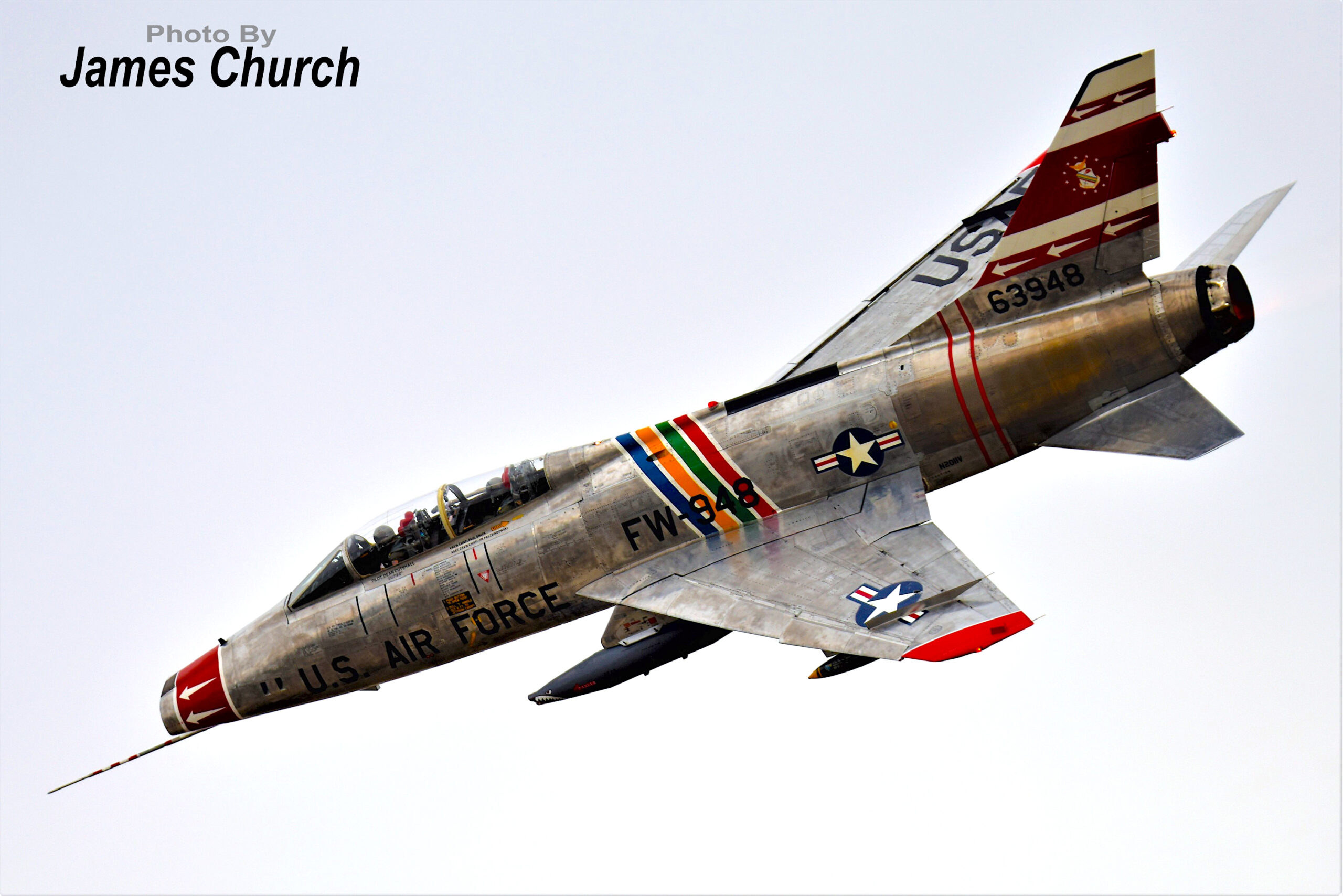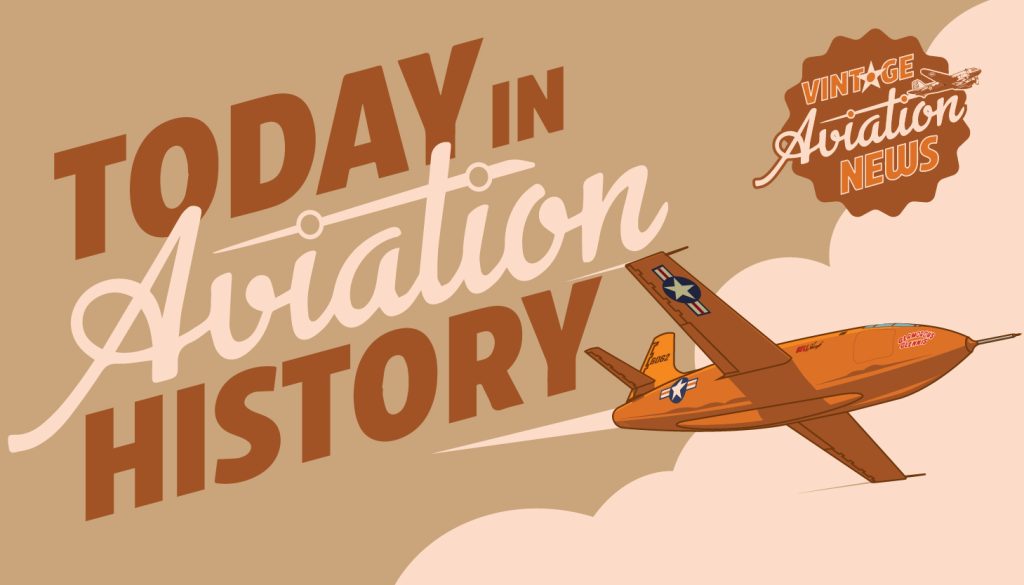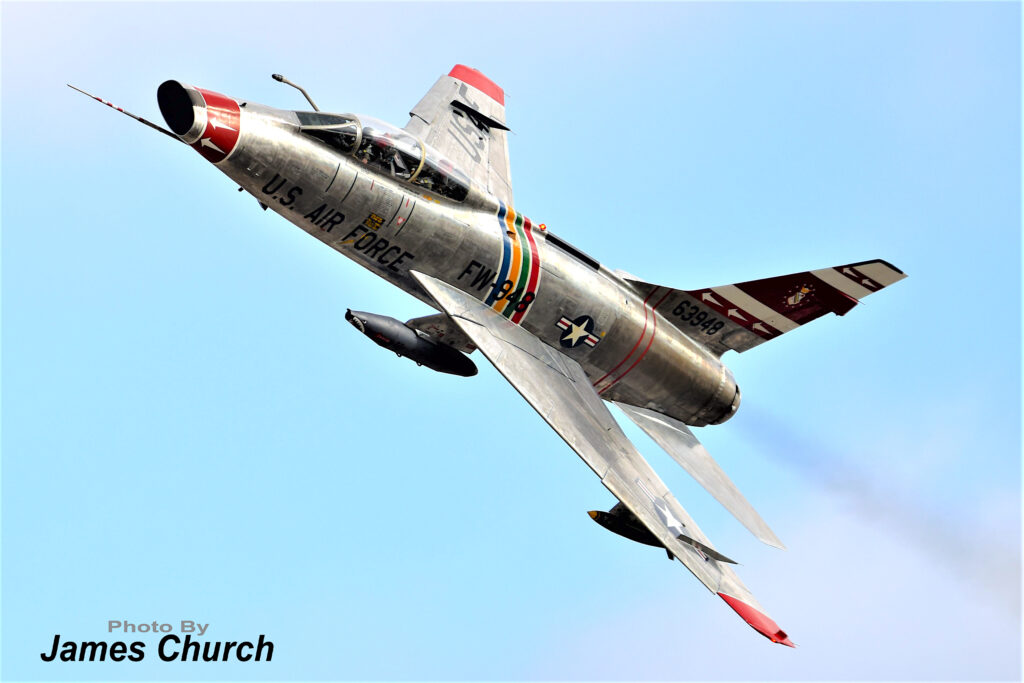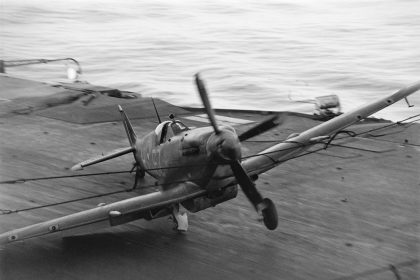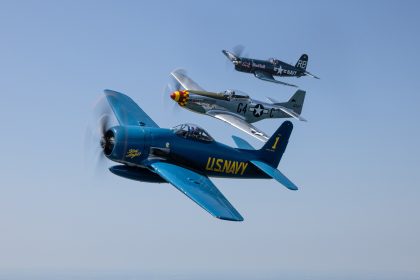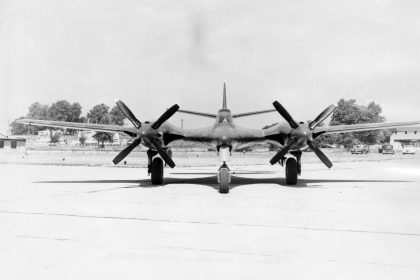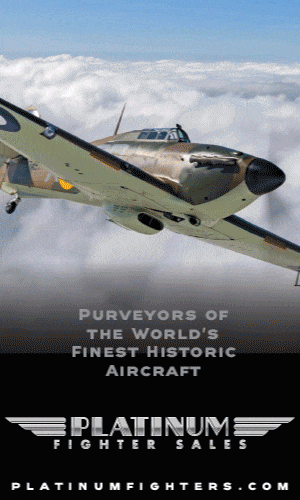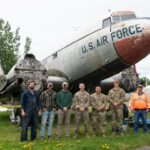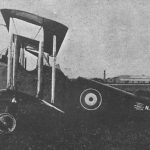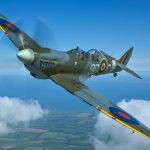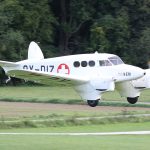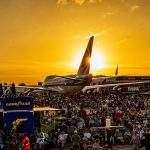On this day in aviation history, 72 years ago—May 25, 1953—the North American F-100 Super Sabre took to the skies for the first time. The maiden flight was conducted by North American Aviation’s chief test pilot, George S. Welch, at Edwards Air Force Base in California. Welch was already a decorated aviator by that time, having famously been one of the few American pilots able to get airborne during the attack on Pearl Harbor on December 7, 1941. Flying a Curtiss P-40B Tomahawk, he shot down three Aichi D3A “Val” dive bombers and one Mitsubishi A6M “Zero” fighter that day.
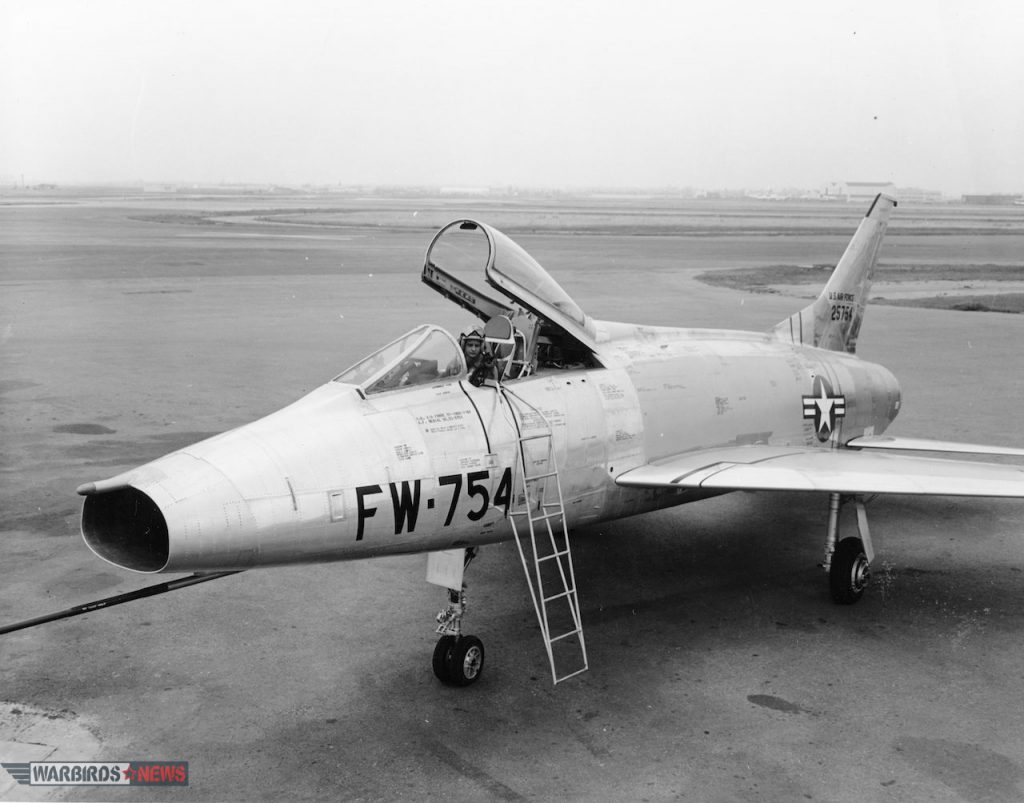
During the Super Sabre’s first flight, prototype YF-100A serial number 52-5754 reached a speed of Mach 1.03, making it the first U.S. Air Force fighter capable of exceeding the speed of sound in level flight. The F-100 was developed as a supersonic successor to the highly successful F-86 Sabre. Although originally designed as an air superiority fighter, the F-100’s role evolved into that of a fighter-bomber—largely at the request of Tactical Air Command (TAC). This led to the development of the F-100C and F-100D variants, which were optimized for ground-attack missions.
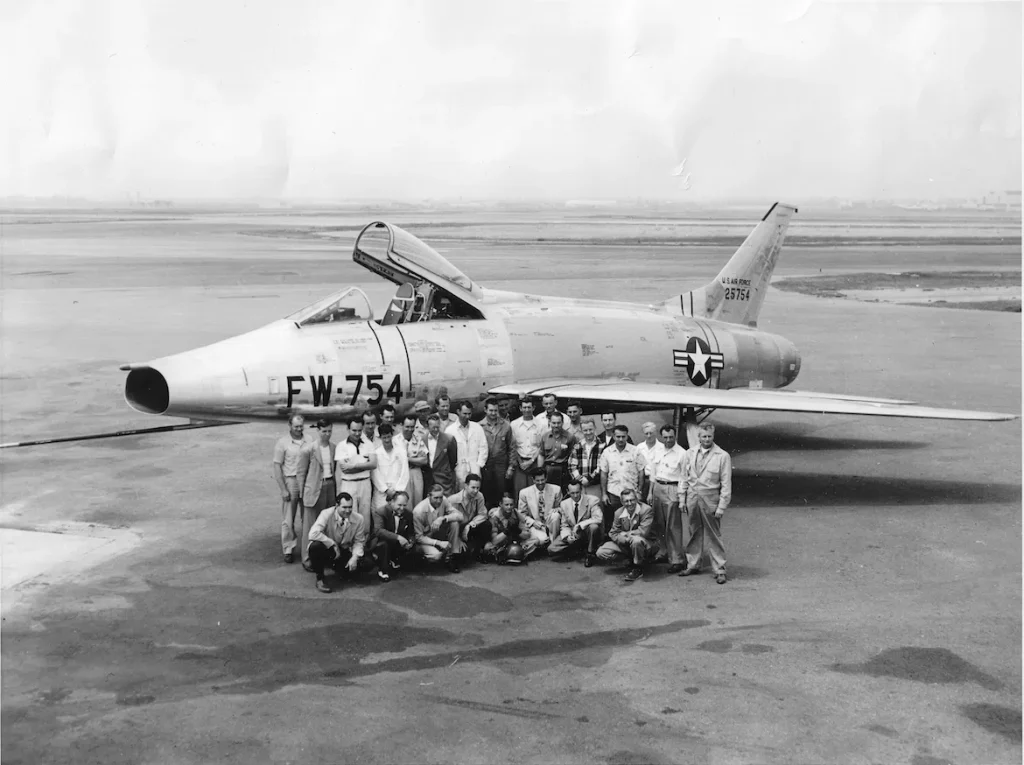
The Super Sabre played a significant combat role during the early years of the Vietnam War, flying numerous close air support sorties over South Vietnam. Although eventually supplanted by more advanced aircraft such as the LTV A-7 Corsair II and McDonnell Douglas F-4 Phantom II, the F-100 made a lasting impact.
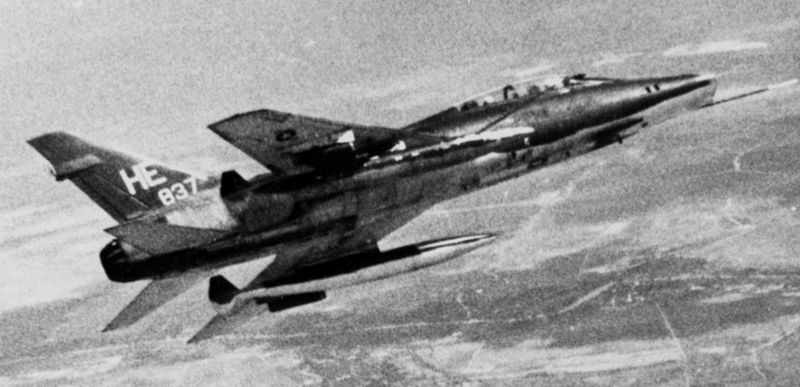
Powered by a Pratt & Whitney J57-P-21/21A afterburning turbojet engine producing 10,200 pounds of thrust, the F-100 could reach speeds up to Mach 1.4 (924 mph). It had a combat range of 1,995 miles and a service ceiling of 50,000 feet. Armament included four 20mm M39A1 revolver cannons and up to 7,040 pounds of ordnance mounted on six underwing hardpoints.
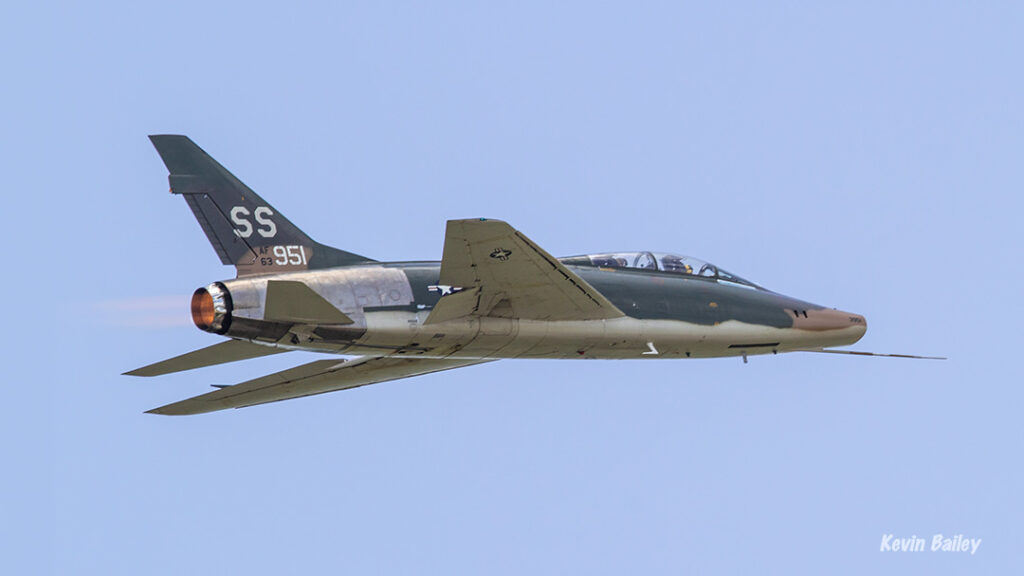
A total of 2,294 F-100s were built between 1953 and 1959. Today, many survive in aviation museums across the globe, serving as tangible reminders of the early supersonic era. Four remain airworthy, all based in the United States. Among them is F-100F serial number 56-3844, operated by the Collings Foundation, which recently returned to flight after a lengthy restoration. The North American F-100 Super Sabre was a groundbreaking aircraft that helped shape the future of jet-powered combat aviation during the Cold War. Its legacy remains firmly etched in the annals of military aviation history.







